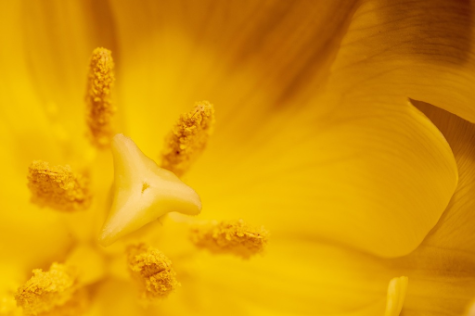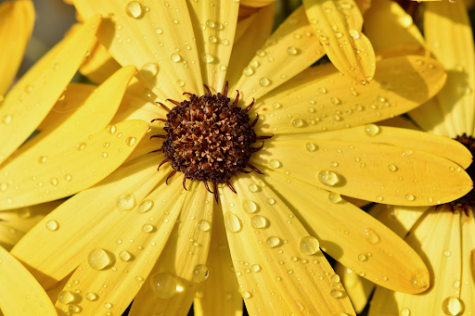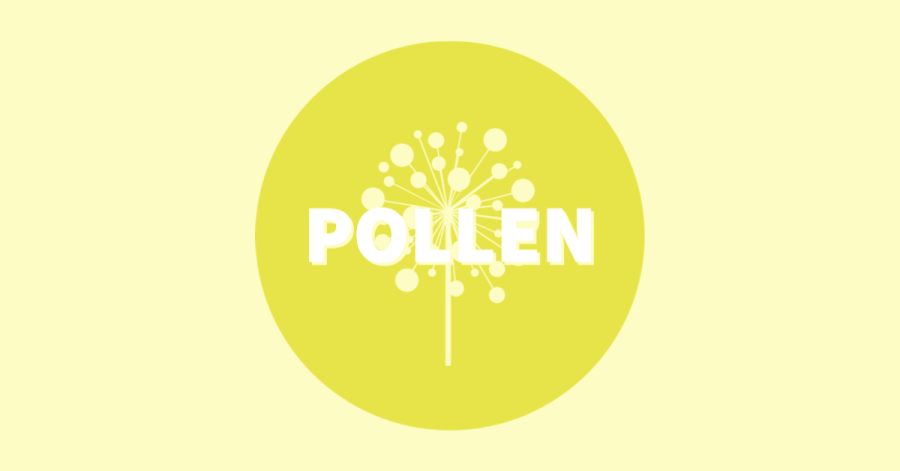Pollen Problems
Pollen is a natural respiratory irritant that affects humans worldwide, causing medical ailments with varying symptoms.
March 10, 2023
Pollen is arguably the biggest downside of spring. According to the CDC, 60 million people are affected by pollen allergies. Like any other allergy, pollen allergies are caused by the immune system’s overreaction to pollen particles. While they are not inherently harmful to the body, the immune system still attacks the particles with enzymes and high temperatures. This results in fevers, congestion, and sinus pressure.
Depending on the severity of allergic reactions, a condition by the name of allergic conjunctivitis can be triggered. This includes eye inflammation and irritation and it is found in 30% of the general population.

The most common plant at fault for allergic reactions is called ragweed. It is native to the Midwest and East Coast and normally blooms during the late fall. Yet due to the warm temperatures of Florida, it blooms here year-round. This is a common problem in tropical and warm climates. Pollination of trees, grasses, and flowers occurs year-round, meaning allergies are almost always problematic.
Mold spore allergies are often mistaken for springtime pollen allergies. This is because the rainy season starts then. Mold grows and releases mold spores, which many people have allergic reactions to. Mold grows very quickly during high humidity and warm temperatures, which is the typical climate of Florida.
Lots of other springtime conditions lead to allergic reactions as well. While rain will originally wash away the pollen, pollen counts will soar after a rainstorm. With rain comes high winds, which will blow the pollen around and make reactions even worse. These rainstorms also increase the general moisture in the area, resulting in more mold growth. This combination results in an extreme amount of allergic reactions.

A common misconception is that allergies can be avoided by staying inside. While this does limit someone’s exposure to airborne allergens carried by wind, it increases their exposure to indoor allergens. This includes mold growths and pollen from indoor plants. This can be filtered by allergy-friendly air conditioning units, yet this is unfortunately not an absolute filtration system.
As much as we hate to admit it, allergies can be found practically everywhere. While it is impossible to avoid them, we can combat them with effective precautionary measures. If you know you are prone to pollen or mold allergies, try and live somewhere without long wet seasons. If this is not a feasible option, going to a doctor for an allergy medicine prescription may be in your best interest. And despite the annoyance of pollen allergens, spring is still a fun season regardless.








